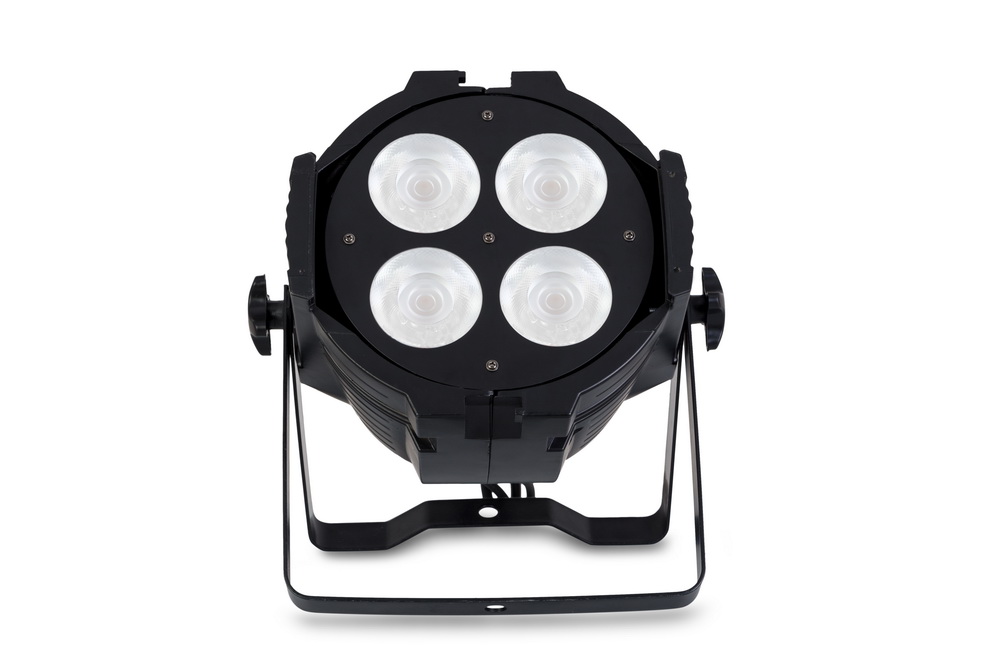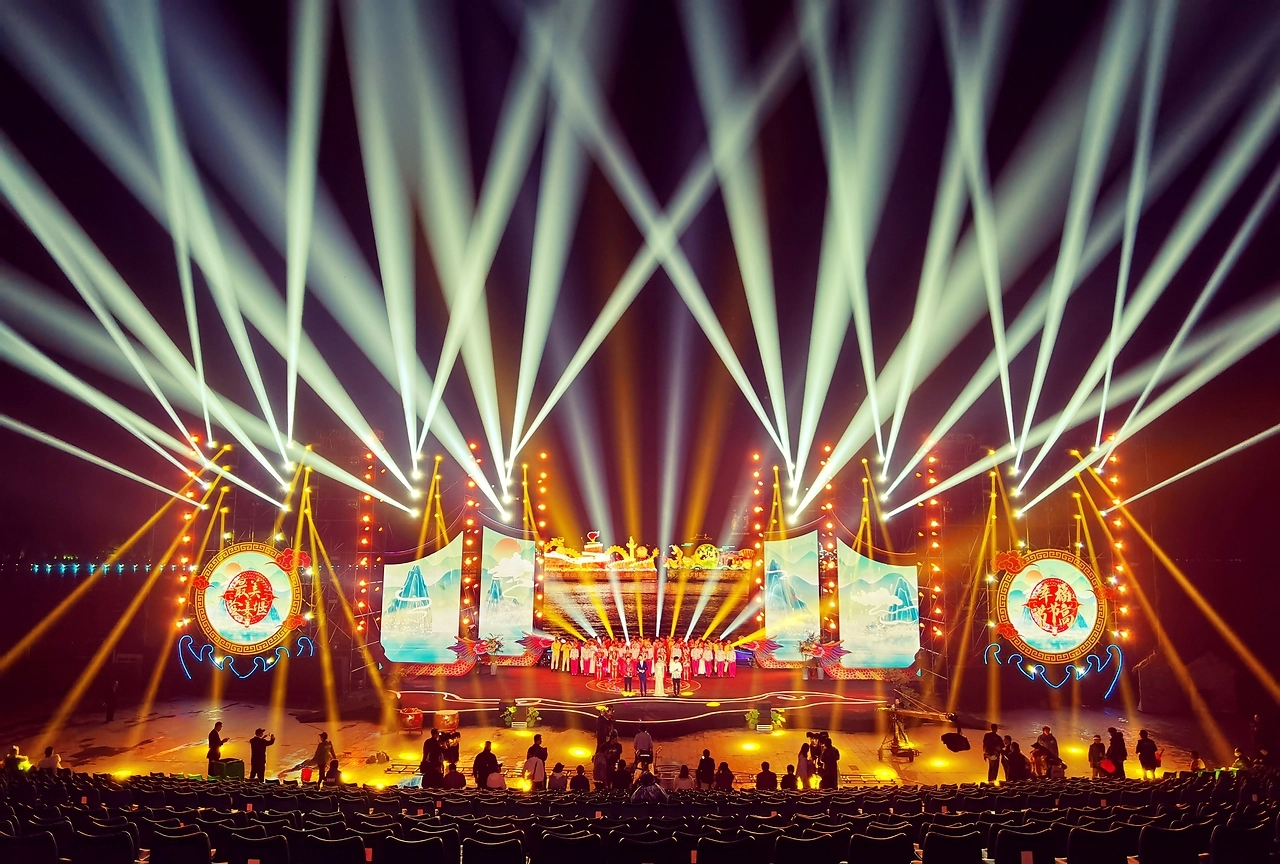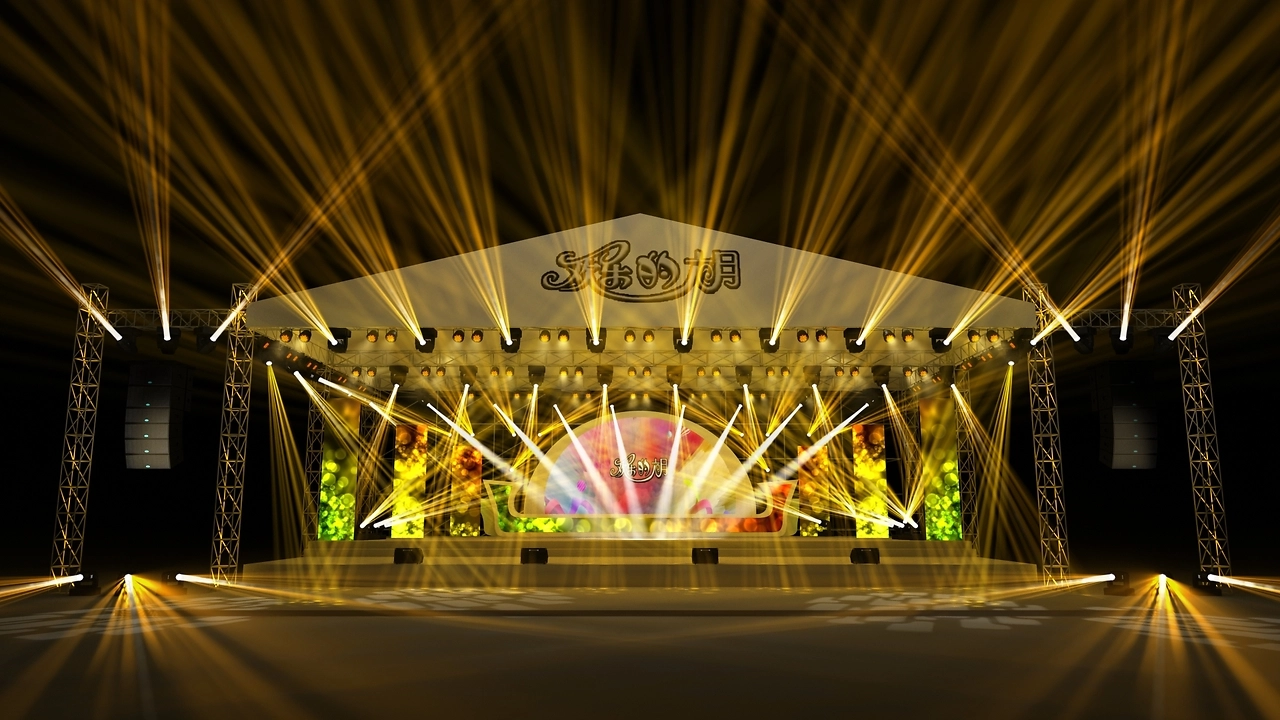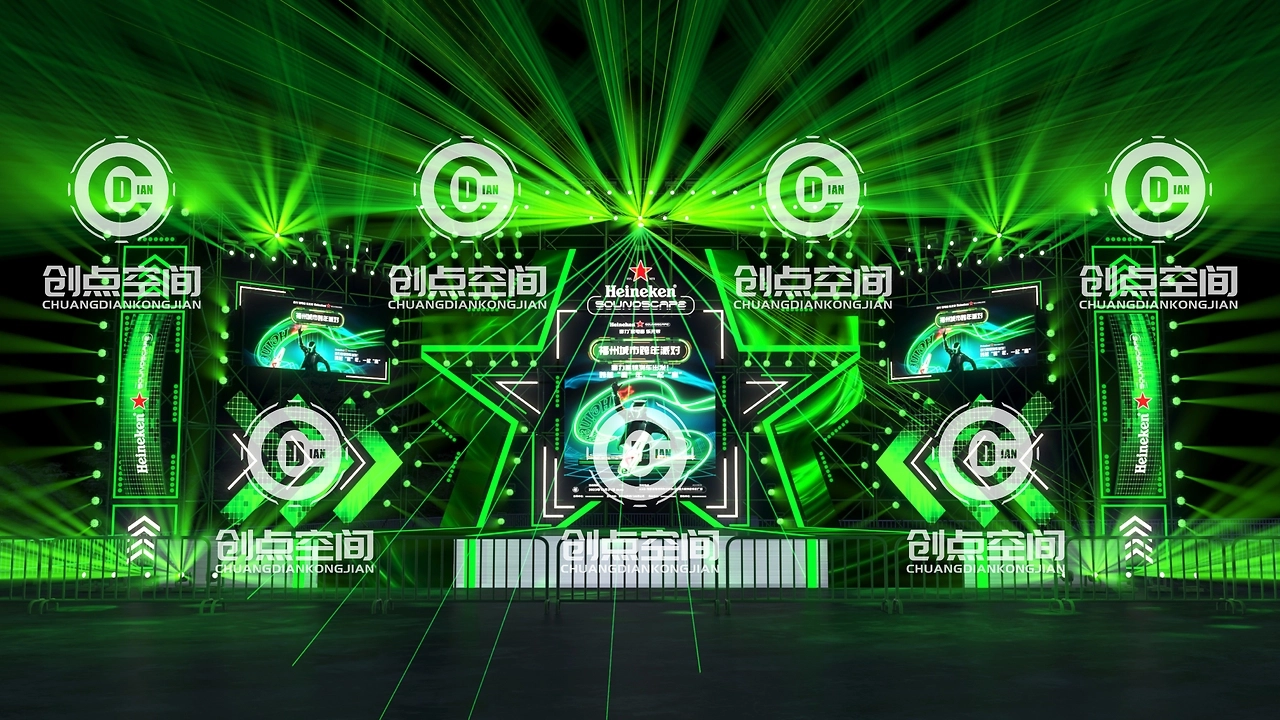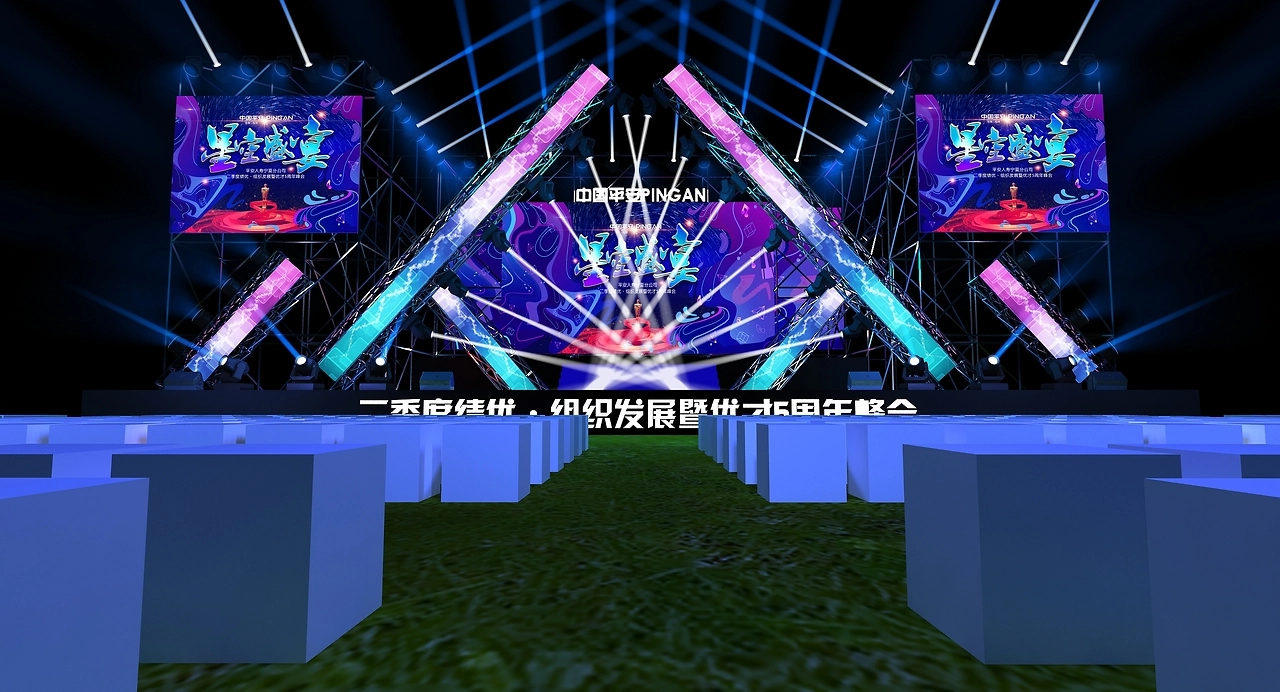Stage Lighting Equipment: The Dance of Technology and Art
Stage lighting is the soul of live performances such as theater, concerts, and dance. It is not only a tool for illumination, but also a carrier for emotional transmission, spatial shaping, and narrative expression. With the development of technology, stage lighting equipment has undergone earth shaking changes from traditional incandescent lamps to intelligent LED systems. This article will delve into the technological innovation, artistic applications, and future trends of modern stage lighting equipment.
1. Classification of Core Equipment for Stage Lighting
1. * * Classic role of traditional lighting fixtures**
-Spotlights: used to focus on actors or scenes, highlighting the visual center.
-Floodlights provide uniform background lighting and create an overall atmosphere.
-PAR lamp (Parabolic Aluminized Reflector): A high-intensity beam of light is formed by combining a lens and a reflector, commonly used in concerts.
2. The rise of intelligent lighting fixtures**
-LED lighting fixtures: energy-saving, rich in color, long lifespan, supporting RGB color mixing and dynamic effects, becoming the mainstream of modern stages.
-Laser Lights: projecting patterns or beams through a precision optical system, suitable for sci-fi stage design.
-Moving Heads: Equipped with 360 degree rotation and focal length adjustment functions, programmable control, enabling dynamic tracking and complex lighting effects.
3. * * Auxiliary equipment**
-Smoke machine and dry ice machine: Enhance the visibility of the light beam and create a mysterious or dreamy stage atmosphere.
-Projection mapping device: Project dynamic images onto stage sets or building surfaces, breaking the limitations of physical space.
---
2. Revolution of Intelligent Control Systems
Modern stage lighting has shifted from manual operation to digital and networked control, with core systems including:
1. DMX512 protocol: an industry standard control protocol that transmits lighting parameters (brightness, color, motion, etc.) through 512 channels.
2. Networked Control: Based on protocols such as Art Net and sACN, it enables multi device linkage and remote control, and is compatible with terminals such as PCs and tablets.
3. Wireless Technology * *: The application of Bluetooth and Wi Fi technology reduces wiring complexity and enhances device deployment flexibility.
4. AI and Automation: Through preset programs or AI algorithms, lighting can respond in real-time to music rhythm, actor movements, and even audience emotions.
Case : During Taylor Swift's concert tour, the lighting system seamlessly integrated with music beats and stage machinery, creating an immersive audio-visual experience.
.
III. Artistic Dimensions of Stage Lighting Design
1. The correlation between color and emotion
-Cold tones (blue, purple) are often used to express melancholy or futurism, while warm tones (red, orange) convey passion or warmth.
-Dynamic color gradients can simulate natural phenomena such as sunrise and storms, enhancing narrative tension.
2. Construction of Space and Hierarchy
-By combining backlighting, side lighting, and top lighting, the actor's sense of three dimensionality is created.
-Using shadow and silhouette effects to create a dramatic visual contrast.
3. Dynamic rhythm and music coordination
-The flashing frequency of the lights is synchronized with the rhythm of the music, enhancing the sense of rhythm in the performance.
-For example, in electronic music festivals, the combination of strobe lights and bass drum beats can instantly ignite the audience's emotions.
---
4. Future Trends: Integration of Technology and Sustainability
1. Energy conservation and environmental protection
LED technology has reduced energy consumption by over 80% and will further optimize light efficiency and heat dissipation design in the future.
2. Virtual Production
-Combining XR (Extended Reality) technology, real-time interaction between lighting and virtual scenes is applied in film and television shooting as well as immersive theaters.
-Case: The Disney stage play "The Lion King" dynamically presents the day and night changes of the African grasslands through a combination of projection and lighting.
3. Modularization and Portability
Lightweight, plug and play devices are more suitable for small theaters or outdoor performance needs.
4. Biometric interaction
Capturing audience heart rate, movements, and other data through sensors, adjusting lighting effects in real-time, and creating personalized experiences.
---
5. Challenges and Reflections
1. Balance between technological dependence and artistic expression: Excessive pursuit of special effects may weaken the emotional transmission of the performance itself.
2. Safety : The heat dissipation, power stability, and fire prevention measures of high-power devices need to be strictly controlled.
3. Cost and Popularization: High end equipment is expensive, how can small and medium-sized theater troupes benefit from technological innovation?
Conclusion
The development history of stage lighting equipment is an epic of continuous collision and integration of technology and art. From the candles of Shakespeare's time to holographic projections today, lighting has always been the bridge connecting the audience and the performance. In the future, with breakthroughs in AI, IoT, and green energy, stage lighting will become smarter and more inclusive, continuing to create aesthetic experiences that surpass reality for humanity.
Whatsapp:+86 134 1860 8878
